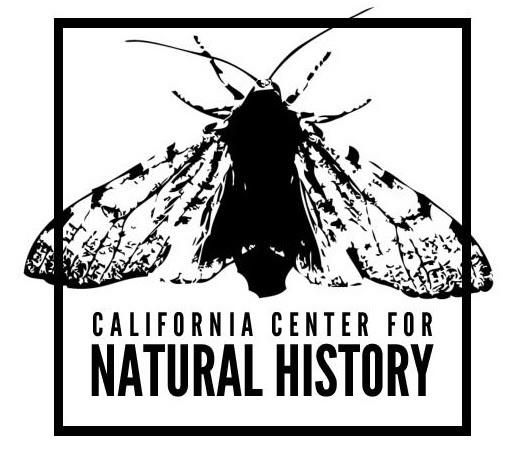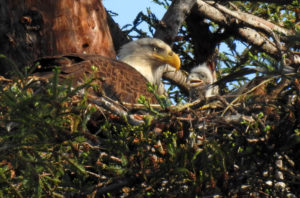I have a question about the growing population of crows in the Bay Area – SF Gate did an article on it in 2012 and I wonder what more current data shows. I live in West Marin and the Woodacre population has grown from a few to several hundred + in the last decade. They are a clear threat to our biodiversity out here, not to mention drowning out any dawn chorus, scaring birds, etc. Their raucous loud dawn and dusk vocalizations and numbers feel out of hand. What is happening and what can people do (besides not feed them)? -Caroline Warner, Woodacre
“The only thing good enough for a crow is a shotgun.”
This was an opinion from 1919. It was a common one, if fish and game journals of the time are any judge. Crows were vermin fit only to be exterminated. And attempt to exterminate them we did: with shotguns, poison, and dynamite.
One myth we hold is that crows and ravens showed up in the Bay Area for the first time circa 1970. Early California ornithologists, like Joseph Grinnell and his predecessors, tell a different story, where crows and ravens were not uncommon and were over time driven off from where humans made cities: crows for the farms, and ravens for the ranches. Crows were commonly found nesting on Berkeley campus in 1872, but were gone by 1927. However they were still noted as common in Marin. Golden Gate Park even had a gamekeeper to control “unsavory” birds and animals.
Not everyone thought the same of crows as the sportsmen. Some questioned the research that showed crows as insatiable egg eaters and crop destroyers even back in the early 1900s, and decried it as research funded by the ammunition industry.
As the conservationist side of the argument began to win, and more birds began to be protected — they began to arrive — that is to return — in the Bay Area, albeit in rapidly growing numbers. The 2012 SFGate article holds true: populations of ravens and crows have continued to grow in the Bay Area and across the country, particularly in urban areas. Any increase in crows in Woodacre is likely a byblow of the increasing populations of crows found from Mill Valley to Fairfax.
It is a fact that crows are nest predators. But it is less certain how much they might impact an ecosystem. In a recent round-up of studies (2015 Madden, et al.) 81% had no negative impact (and in fact, in a small number of studies, they had a positive impact).
That’s not to say that crows don’t eat eggs, or nestlings, or don’t, or can’t have any impact in some circumstances (ravens are often a culprit with local endangered species: Point Reyes National Seashore removes ravens to protect Common Murre nesting). The counterpoint to this is that we rarely see the impact of other nest predators like squirrels or rats, or Cooper’s Hawks, or even house cats (two other much derided “Vermin” in the journals of the early 20th century), let alone understand the relationship and competition that exists between those species. But it may also be that we have seen nothing yet. In some parts of the country, crow roosts see tens of thousands and in some cases hundreds of thousands of birds taking part.
So the question is really: should we do anything about the crows?
The biggest thing to keep in mind is that crows are not the true threat to biodiversity — we are the threat. We have automobile terraformed much of the continent, fragmenting existing habitat and creating a consistent habitat in which some species thrive. Where there are species threatened by other species like the crow, it is loss and disruption of habitat that is likely the true cause.
The best thing we can do then, perhaps, is work and advocate for rich and varied habitats for the birds that we want, and to try to leave less space (and food) for the crow. Denser, habitat-rich cities, and better connected parks would help. Of course, there are limits to what we might do. San Francisco could control its corvid population by cutting down all its trees, and returning itself to its former dune habitat, but that seems an unlikely event!
The other thing that you could do to help is work to contribute to the growing set of citizen science data. Using iNaturalist or eBird you can help to answer what birds are there now, and how their populations might be changing over time. Enlist your neighbors (Cornell Lab of Ornithology has lots of great programs for kids and adults) and don’t just record the rare birds.
On a different (cynical or hopeful I can’t decide) note, maybe we ought to be thankful that there are a few bird species that look like they might survive the Anthropocene — and perhaps in numbers that would rival the birds in the air prior to European colonization. The raucous crow may not be the bird we wanted to have darkening our skies, but maybe it’s the bird that we deserve.

Ask the Naturalist is a reader-funded bimonthly column with the California Center for Natural History that answers your questions about the natural world of the San Francisco Bay Area. Have a question for the naturalist? Fill out our question form or email us at atn at baynature.org!




